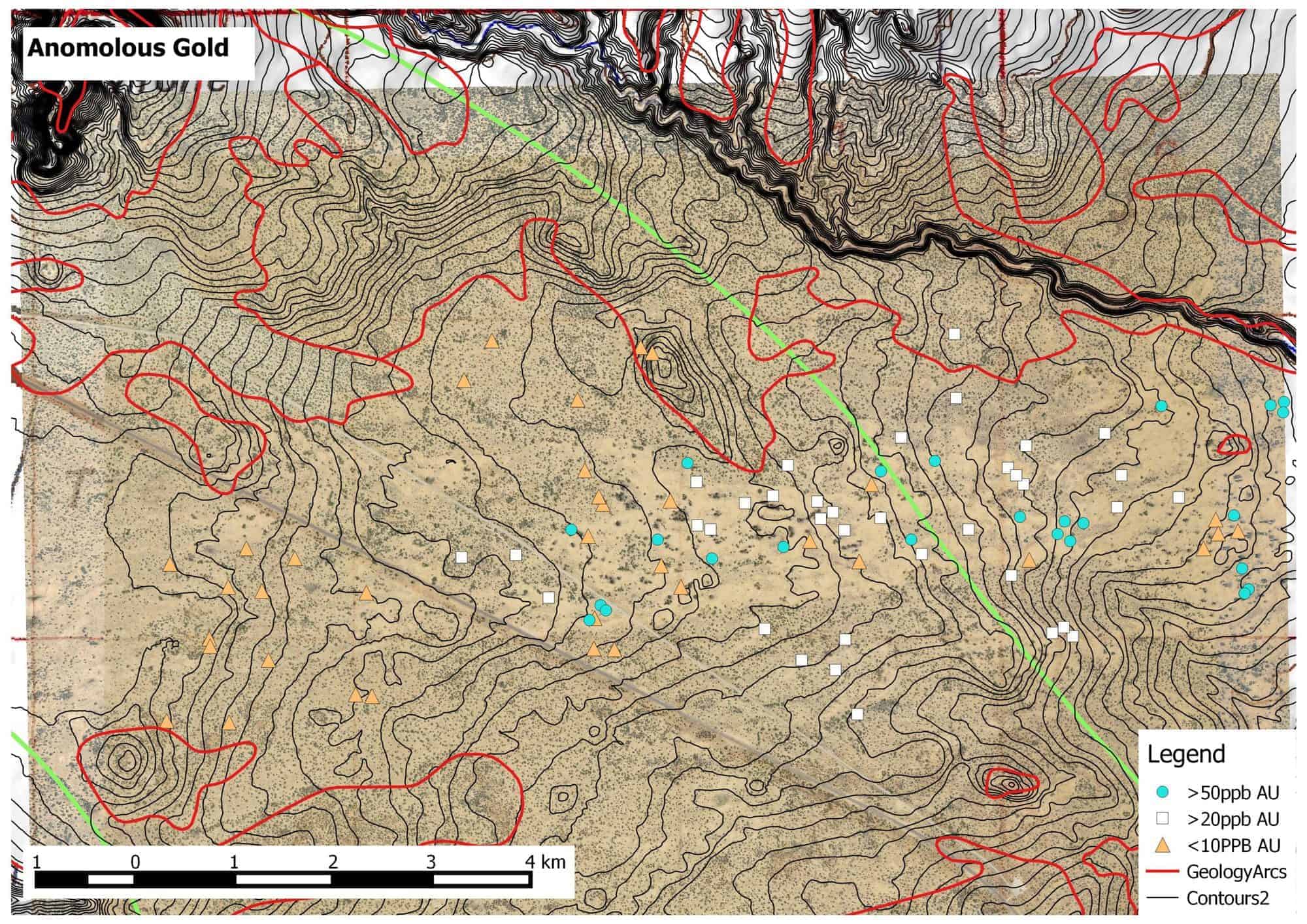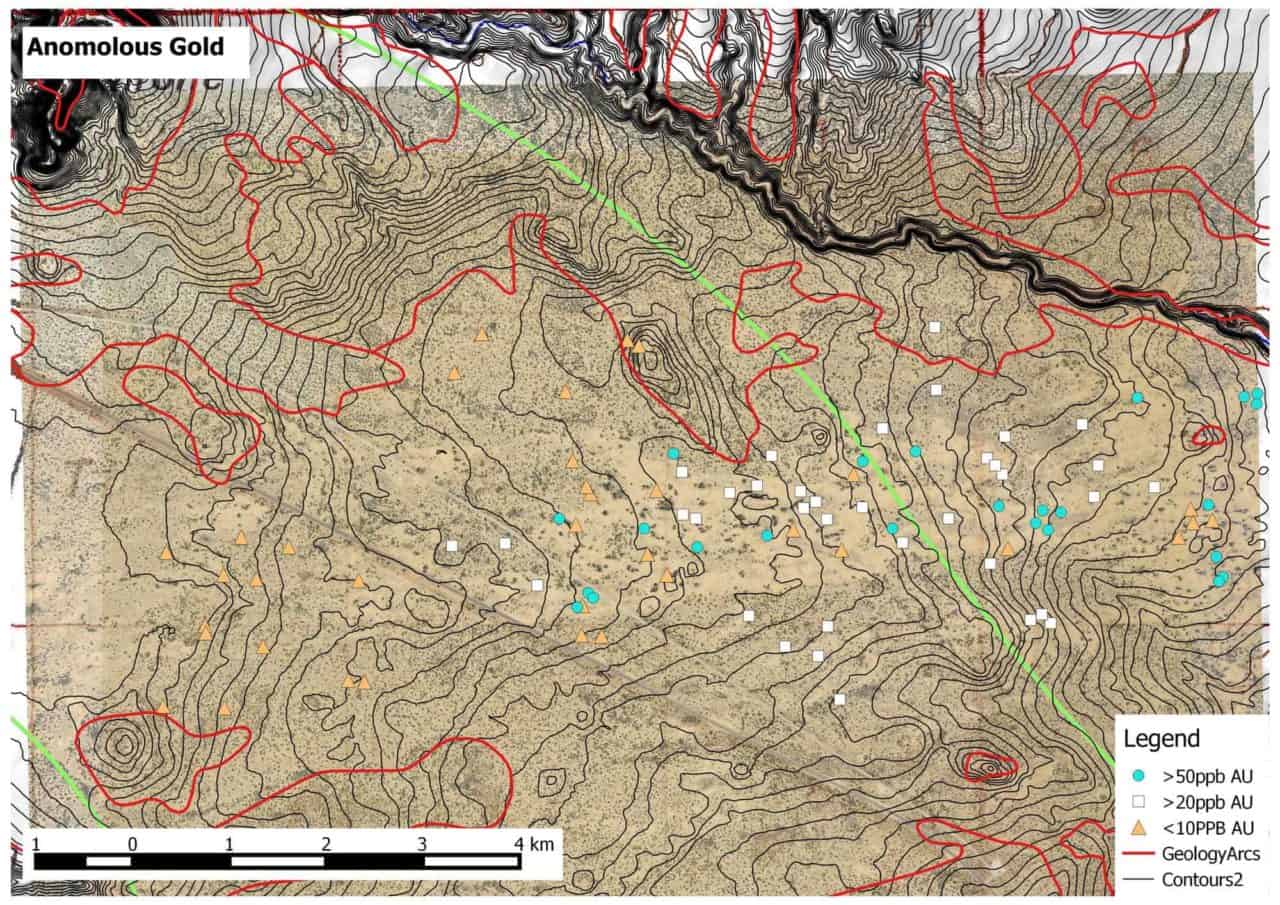Mineral Exploration and GIS
The two components of a binary explosive are generally very safe when they stand alone, but when they are combined, they create a powerful explosive that can be used to move mountains. The world is full of powerful combinations like this. One of these, is the combination of GIS when applied to the field of mineral exploration. While GIS isn’t actually explosive or dangerous to handle, it can be dangerous (in a good way) when applied by the hands of a skilled practitioner.
What is GIS?
Geographic information systems, or GIS for short, is really a modern extension of traditional cartography. Offering much more in terms of complexity, layering, and analytical abilities, GIS has been in development as a new system of processing and presenting geographical information since the early 1960’s. Technological advances have enabled GIS to become even more useful and powerful in modern application. Not only have advances in processing power enabled information to be interpreted in powerful ways, but data collection technology such as LiDAR and UAVs are providing new applications for this power. This advance in GIS technology has been a huge boost to annalists across the board, from law enforcement to biologists. The mining and mineral exploration industries have particularly benefited in productivity and exploration capabilities from GIS technology. While GIS can be applied to the entire mining industry from exploration to production, it has had the largest impact on the field of mineral exploration.
Andrew Bloodworth, Head of Science for Minerals & Waste for the British Geological Survey, discusses the impact of mineral exploration and GIS in the video above.
The Power of Mineral Exploration and GIS
GIS enables annalists to combine and process many complex sets of data to identify trends and targets for exploration. This ability of combining existing data, much of which is available for free, with freshly collected project-specific data has provided geologists with a way to more effectively make key decisions and look at data in new ways. In addition to identifying and exploring targets, the GIS platform also provides the ability to render project information in a way that is easily shared with key decision makers.
A traditional map has great limitations in terms of how many layers of data can be effectively compared and analyzed. With GIS, you can manage dozens or even hundreds of layers of data at the same time. With special algorithms, you can compare many phases worth of sample data and generate heat map layers for pathfinder elements. These heat map layers can then be placed on localized geology maps to draw correlations between structures, faults, and units. Add a magnetic survey layer, LiDAR for bare-earth fault identification, and historic geochemical and sampling data, and you have a powerful overview of your project.
What types of data can be analyzed with GIS?

Some data-sets that are particularly useful for mineral exploration and GIS application include: digital elevation models (DEM), aerial and orthomosaic imagery, soil-water-vegitation-rock samples, magnetic and gravity data, LiDAR, geochemistry, hydrology, along with more traditional cartography data such as geological and topographical maps. The power of mineral exploration and GIS is the ability to combine and analyze these different data sets at the same time in one program. GIS systems are not static like a traditional map, project data contained in a GIS file is live and can be analyzed and combined in new ways as more data becomes available through exploration and research.
How can I get started applying GIS for mineral exploration?
The industry standard for GIS platforms is Esri Arc GIS, you can check out their mining section here. Looking for a free GIS platform? check out Q GIS. Free data, such as base-maps, DEM, and aerial imagery can be found on the USGS EarthExplorer and on the USGS NationalMap Viewer. There are also many other sources of GIS data available throughout the internet. You may be surprised at the amount of information that may already be available in your exploration area of interest!
Mineral exploration and GIS: A true powerhouse combination. Interested in learning more about the GIS mapping services that Burgex Inc. provides? Check out our page here.
Burgex Inc. offers experienced mineral exploration and GIS services. Our team has years of experience with GIS and provide many services from researching and analyzing historical existing data to the collection and analysis of new data through an exploration program. Contact us for a free estimate and see how we can put the mineral exploration and GIS powerhouse to work for you!

